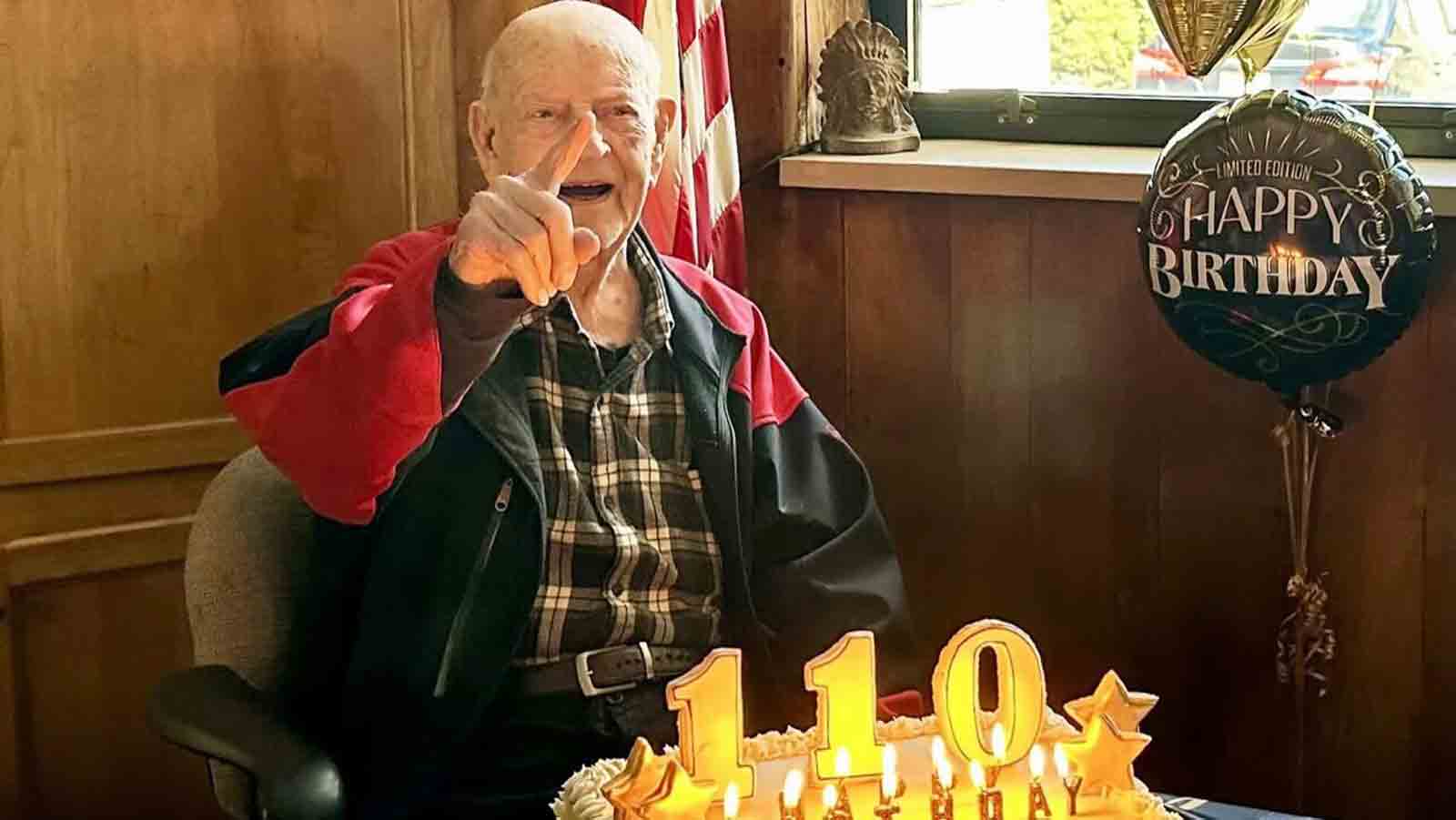Two hundred-thousand people are diagnosed with esophageal cancer every year in the US, and many of those cancers are in advanced stages by the time patients have any symptoms and seek treatment. Now a minimally-invasive procedure is helping patients recover faster.
Peter and Margi Caron have been happily married for 46 years.
“We have three children and we have six grandchildren,” said Peter Caron.
They love to travel to exotic places--- including a safari in South Africa! They were planning a cruise last year when Peter got sick.
“I was losing weight, wasn’t eating right, wasn’t hungry,” Caron said.
An endoscopy revealed a two-inch tumor in his esophagus. It was cancer.
“It was six treatments of chemo while doing 26 treatments of radiation,” Caron explained.
Health Connection
Get connected to a healthier life.
After shrinking the tumor, Caron needed a ten- hour surgery to remove it. Thoracic surgeon Dr. Manu Sancheti at Emory School of Medicine and Emory Saint Joseph’s Hospital says it’s a lengthy and complex procedure.
“Taking out the esophagus and using the stomach as a new esophagus,” said Sancheti.
Traditionally done with large incisions across the stomach and chest, Sancheti and his team at Emory University now use robotic technology.
“It allows the articulation for the surgeon to move their hands and fingers in ways they weren’t able to do before,” Sancheti said.
Going through small incisions on the side, doctors were able to remove the tumor and create Peter’s new esophagus.
“They could not see that it spread outside the esophagus, the lymph nodes were clean, I couldn’t ask for anything more,” Caron said.
Doctors say performing the surgery robotically means a shorter stay in the hospital, days not weeks.
“Allowing them to get back to a normal lifestyle as soon as possible is really the best reward,” Sancheti shared.
Giving patients hope for a brighter future.
Peter remains closely monitored and has a PET scan every six months. He says he’s back to enjoying his favorite foods like pizza and spaghetti and meatballs! For more information on this robotic procedure please visit https://winshipcancer.emory.edu/bios/faculty/sancheti-manu-s.html or www.emoryhealthcare.org
Contributors to this news report include: Janna Ross, Field Producer; Cyndy McGrath, Supervising Producer; Hayley Hudson, Assistant Producer; Roque Correa, Videographer; Dave Harrison, Editor.




